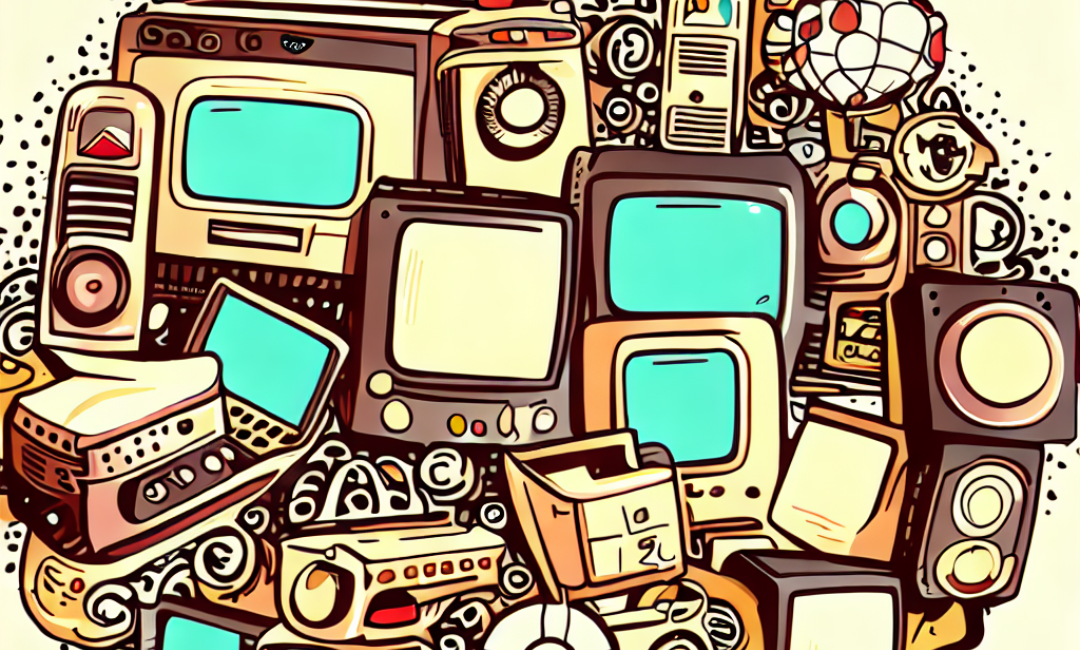In today’s digitally interconnected world, the Internet of Things (IoT) has emerged as a transformative technology, revolutionizing the way we live and interact with our environment. IoT refers to a vast network of interconnected devices, sensors, and systems that communicate and share data with each other over the internet. This article explores the concept of IoT, its applications, and its impact on various aspects of our lives.
- Understanding the Internet of Things: The Internet of Things is a network of physical objects embedded with sensors, software, and connectivity capabilities, allowing them to collect and exchange data. These objects can range from everyday devices like smartphones, wearables, and home appliances to industrial equipment, vehicles, and infrastructure. IoT devices interact with each other and with users, enabling real-time data analysis, automation, and intelligent decision-making.
- How Does IoT Work? At the core of IoT are sensors and actuators embedded in devices, which gather data and perform actions based on that data. The data collected by these devices is transmitted through networks to cloud-based platforms or local servers, where it is stored, processed, and analyzed. Advanced analytics, machine learning, and artificial intelligence algorithms extract meaningful insights from the data, enabling smart applications and services.
- IoT Applications: IoT has a wide range of applications across various sectors:
- Smart Homes: IoT enables homeowners to control and monitor various aspects of their homes remotely. From smart thermostats and lighting systems to security cameras and smart appliances, IoT devices create a connected and automated living environment.
- Healthcare: IoT plays a crucial role in remote patient monitoring, wearable health devices, and smart medical equipment. These devices collect real-time health data, provide early warning signs, and enable doctors to monitor patients remotely, improving healthcare outcomes and reducing costs.
- Industrial Automation: IoT is transforming industries through automation, predictive maintenance, and improved efficiency. Connected sensors and machines in factories monitor production lines, optimize processes, and facilitate predictive maintenance to minimize downtime.
- Smart Cities: IoT enables the creation of smart cities by connecting infrastructure, transportation systems, utilities, and public services. Smart traffic management, waste management, energy optimization, and public safety systems enhance the quality of life for residents and improve resource utilization.
- Agriculture: IoT technology is revolutionizing agriculture with smart farming techniques. Sensors embedded in fields monitor soil moisture, temperature, and crop health, optimizing irrigation and reducing water consumption. Drones and autonomous machinery aid in precision farming and crop monitoring.
- Impact and Benefits:
- Efficiency and Automation: IoT enhances efficiency by automating processes, reducing human intervention, and optimizing resource utilization. This leads to cost savings, increased productivity, and improved operational efficiency across various industries.
- Data-Driven Decision Making: IoT generates vast amounts of real-time data, which, when analyzed, provides valuable insights for businesses, governments, and individuals. Data-driven decision-making enables proactive problem-solving, improved planning, and enhanced customer experiences.
- Improved Safety and Quality of Life: IoT-enabled devices enhance safety and security in various domains. Smart surveillance systems, home security devices, and connected healthcare solutions improve safety and peace of mind for individuals. IoT-driven applications also provide convenience, comfort, and personalized experiences to users.
- Environmental Sustainability: IoT can contribute to sustainable practices by optimizing resource usage, reducing waste, and improving energy efficiency. Smart grids, intelligent transportation systems, and waste management solutions minimize environmental impact and promote sustainability.
Conclusion: The Internet of Things has the potential to revolutionize how we interact with the world around us. With its ability to connect devices, collect data, and enable intelligent decision-making, IoT opens up endless possibilities for innovation and improvement across industries and sectors. As IoT continues to evolve and expand, it is essential to address concerns related to data privacy, security, and interoperability. Embracing IoT technology responsibly and leveraging its benefits can lead to a more connected, efficient, and sustainable future.

